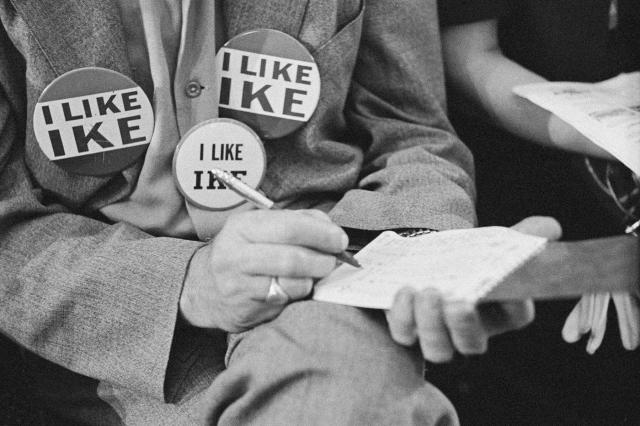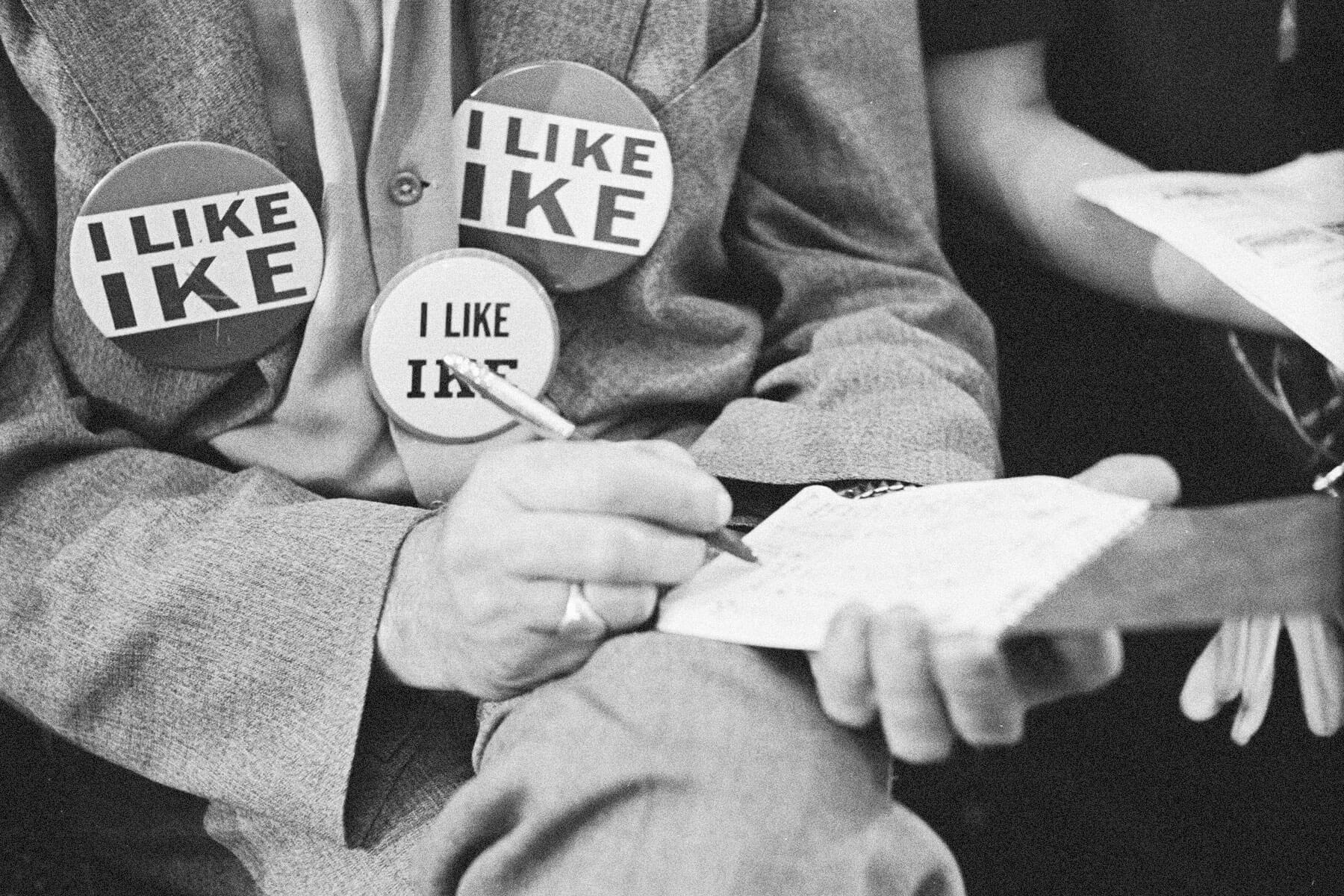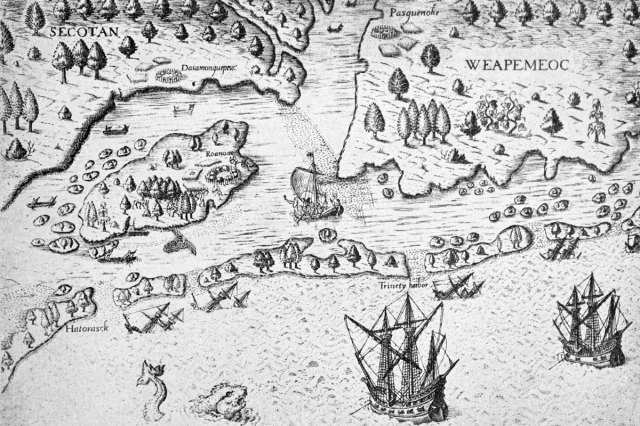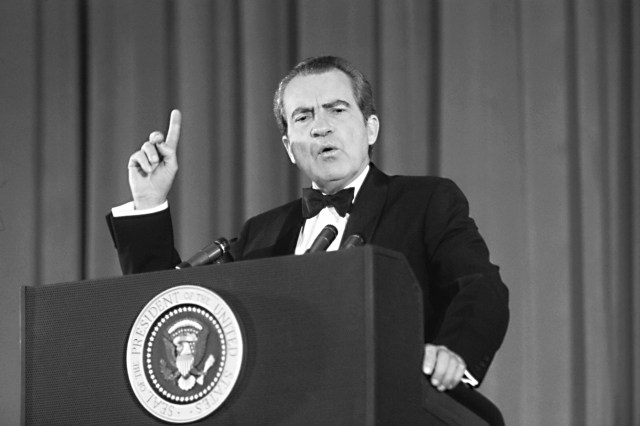The Catchy History of Presidential Campaign Slogans
In the American political arena, presidential campaign slogans have a long and varied history. When a presidential hopeful is building their platform, they and their team choose slogans for how well they set the tone for the candidate’s agenda, message, and direction for the country. A memorable phrase can concisely convey a candidate’s vision for their presidential term as well as become a rallying cry for supporters. But crafting a winning campaign slogan isn’t just about having the catchiest saying — the right slogan can play a vital role in shaping the narrative of a campaign and influencing voter perceptions about the candidate.
A good campaign slogan can offer hope, such as Franklin D. Roosevelt’s 1932 slogan (and campaign song), “Happy Days Are Here Again,” or serve as a reminder of the prosperity enjoyed under an incumbent, such as William McKinley’s 1900 slogan, “Four More Years of the Full Dinner Pail.” On the other hand, a bad slogan, such as Democratic presidential candidate Alfred E. Smith’s 1928 slogan, “Vote for Al Smith and Make Your Wet Dreams Come True,” might cost a candidate an election as well as land on a list of the worst presidential campaign slogans ever. (Smith’s slogan was a reference to his anti-Prohibition stance that made him a “wet” candidate.) Here is a brief look at the evolution of presidential campaign slogans in the United States.

The First Campaign Slogan
The first presidential campaign slogan is often attributed to Whig Party candidate William Henry Harrison in the election of 1840. Harrison used the catchy phrase “Tippecanoe and Tyler Too,” a reference to his military victory over Shawnee Chief Tecumseh at the 1811 Battle of Tippecanoe, as well as Harrison’s running mate, John Tyler. The rhyming refrain helped promote Harrison’s image as a war hero and a man of the people. It also contributed to his successful campaign against the incumbent President, Martin Van Buren, and played a significant role in shaping the way presidential candidates used slogans to support their platforms in future elections. Harrison’s campaign for President lasted longer than his presidency; he developed pneumonia and died in April 1841, one month into his term, becoming the first President to die in office.

A Catchy Rhyme Helps Big Time
Campaign slogans need to be short and memorable, which has led to a history of using rhymes, puns, and plays on words to craft phrases that carry a strong message and are still succinct enough to fit on a button. Calvin Coolidge used a play on his name with the 1924 slogan “Keep Cool and Keep Coolidge,” while Lyndon B. Johnson’s winning campaign in 1964 created a rhyme with his initials: “All the Way With LBJ.” (Johnson was inspired by Adlai Stevenson’s catchy slogan in his 1952 failed run against Dwight D. Eisenhower, “All the Way With Adlai.”)
Dwight D. Eisenhower’s successful 1952 campaign, meanwhile, was notable for its own simple rhyming slogan: “I Like Ike.” The slogan appeared on a wide variety of campaign materials and was featured in one of the first televised political endorsements, which included a song written by Irving Berlin and animation by Walt Disney Studios. The catchy jingle incorporated Eisenhower’s popular catchphrase in the lyrics: “You like Ike, I like Ike, everybody likes Ike (for President) / Hang out the banner and beat the drum / We’ll take Ike to Washington.” The slogan served Eisenhower so well in his 1952 presidential bid that his successful 1956 run featured a slightly revised version: “I Still Like Ike.”






















